Camera Angles
The term camera angle means slightly different things to different people but it always refers to the way a shot is composed. Some people use it to include all Camera shot type others use it to specifically mean the angle between the camera and the subject.
Eye-Level
This is the most common view, being the real-world angle that we are all used to. It shows subjects as we would expect to see them in real life. It is a fairly neutral shot.
High Angle
A high angle shows the subject from above, i.e. the camera is angled down towards the subject. This has the effect of diminishing the subject, making them appear less powerful, less significant or even submissive.
Low Angle
This shows the subject from below, giving them the impression of being more powerful or dominant.
Bird's Eye
The scene is shown from directly above. This is a completely different and somewhat unnatural point of view which can be used for dramatic effect or for showing a different spatial perspective.
In drama it can be used to show the positions and motions of different characters and objects, enabling the viewer to see things the characters can't.
The bird's-eye view is also very useful in sports, documentaries, etc.
Slanted
Also known as a dutch tilt, this is where the camera is purposely tilted to one side so the horizon is on an angle. This creates an interesting and dramatic effect. Famous examples include Carol Reed's The Third Man, Orson Welles' Citizen Kane and the Batman series.
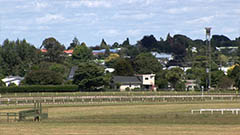
EWS (Extreme Wide Shot)
The view is so far from the subject that he isn't even visible. Often used as an establishing shot.

VWS (Very Wide Shot)
The subject is visible (barely), but the emphasis is still on placing him in his environment.
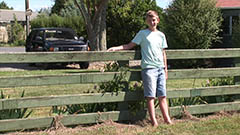
WS (Wide Shot)
The subject takes up the full frame, or at least as much as comfortably possible.
AKA: long shot, full shot.

MS (Mid Shot)
Shows some part of the subject in more detail while still giving an impression of the whole subject.
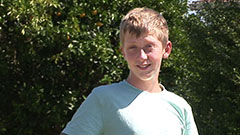
MCU (Medium Close Up)
Half way between a MS and a CU.
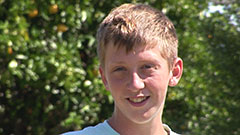
CU (Close Up)
A certain feature or part of the subject takes up the whole frame.
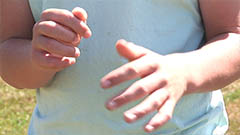
Cut-In
Shows some (other) part of the subject in detail.
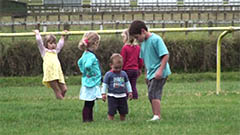
CA (Cutaway)
A shot of something other than the subject.
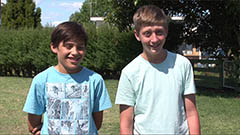
Two-Shot
A shot of two people, framed similarly to a mid shot.
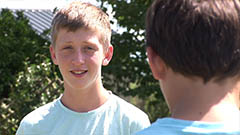
(OSS) Over-the-Shoulder Shot
Looking from behind a person at the subject.
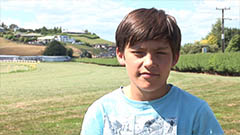
Noddy Shot
Usually refers to a shot of the interviewer listening and reacting to the subject.
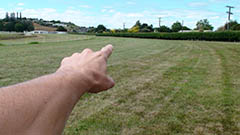
Point-of-View Shot (POV)
Shows a view from the subject's perspective.
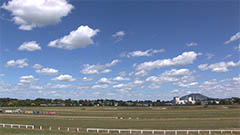
Weather Shot
The subject is the weather. Can be used for other purposes, e.g. background for graphics
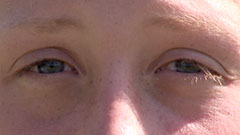
This is a clear and comprehensive overview. Well done.
ReplyDelete